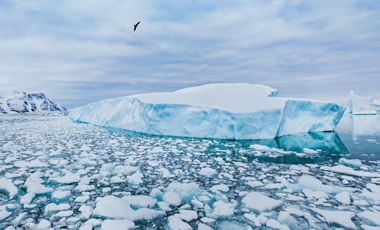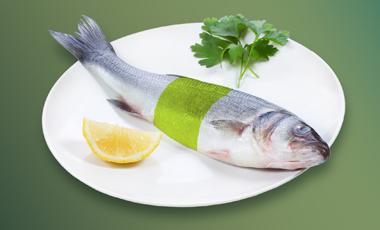

Researchers find microplastics in fish from two Ecuadorian Amazon rivers
Microplastics are fragments smaller than five millimeters. They can contain toxic chemicals and absorb pollutants from the environment. Their presence in ecosystems is considered a public health problem.
Researchers from the Universidad Estatal Amazónica (UEA) have detected microplastics in the sediments and on the surface of the Puyo River, located in the province of Pastaza, in the center of the Ecuadorian Amazon. Subsequently, in September 2023, they found these contaminants in the digestive tracts of fish destined for human consumption, both in the Puyo River and in the Cononaco River, which flows through the Yasuní National Park.
Surprisingly, higher levels of microplastics were found in fish from the Cononaco River, a less urbanized area, suggesting that microplastic pollution has reached even remote areas of the Amazon. Microplastics, plastic fragments smaller than five millimeters, can contain toxic chemicals and absorb pollutants from the environment, posing a potential risk to human health if they enter the food chain.
Other related news
-
Microplastics

Silent Threat: Plastic Microbes in Antarctica
Antarctica, considered one of the last bastions of purity on our planet, faces a growing threat from plastic pollution.
-
Microplastics

Did you know that fish have been eating microplastics since the 1950s... and so have we?
Every week we ingest the equivalent of a credit card's worth of microplastics.
-
Microplastics

Did you know that one liter of bottled water can contain 250,000 nanoparticles?
Reducing the use of plastics is key to protecting our health and our planet.
-
Sustainability

California vs. ExxonMobil: A landmark lawsuit against misinformation about plastics recycling
In an unprecedented move, California has sued ExxonMobil, accusing the company of misleading the public for decades about the viability of plastic recycling and its impact on the environment.
